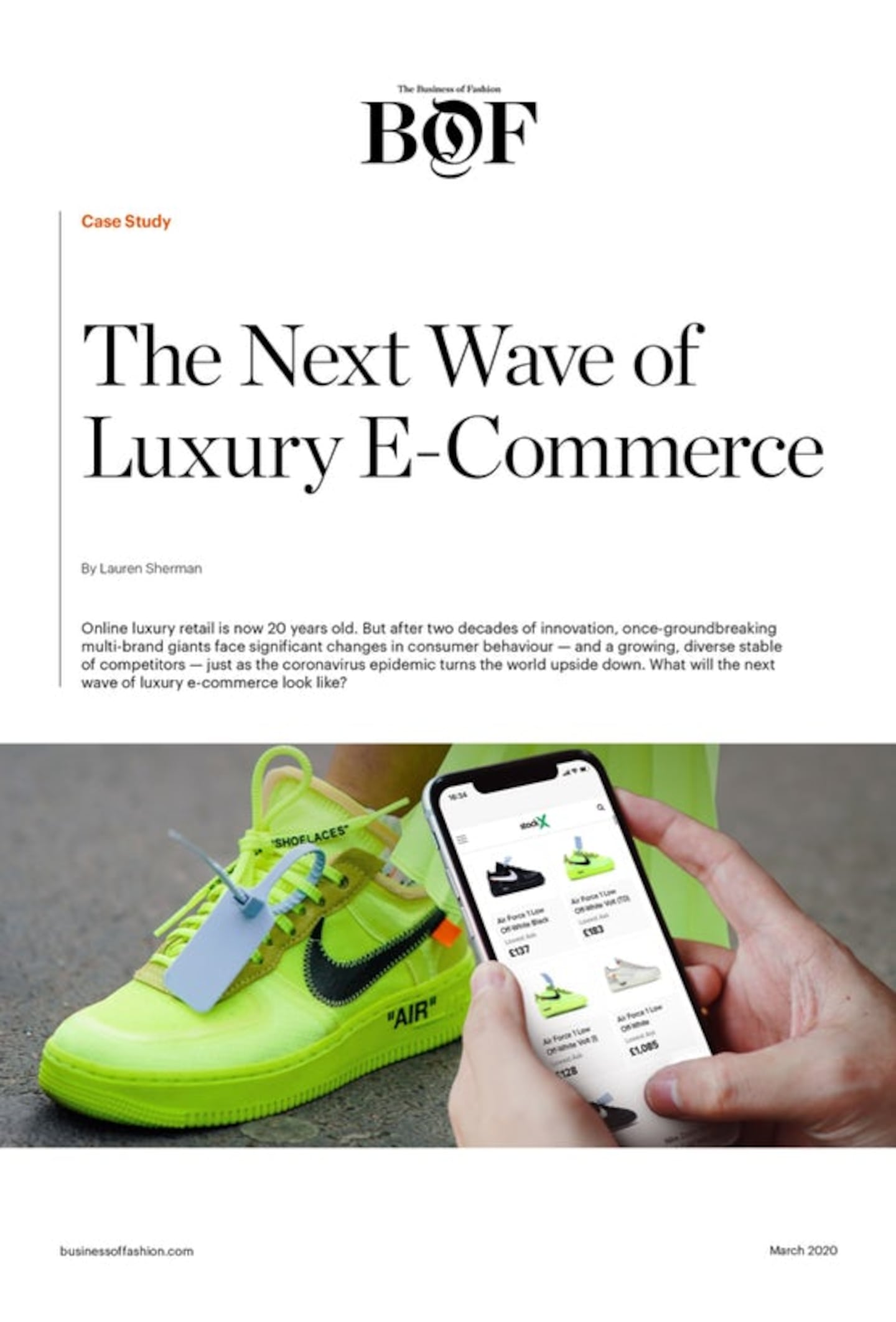
The Business of Fashion
Agenda-setting intelligence, analysis and advice for the global fashion community.

Agenda-setting intelligence, analysis and advice for the global fashion community.

Over the past 20 years, the business of luxury has transformed dramatically, as family-run heritage brands became multi-billion dollar fashion powerhouses, expanding the luxury goods customer base far further than Louis Vuitton and his steamer trunks could have ever imagined. In 2019, the market for personal luxury goods was worth €281 billion (about $310 billion at current exchange), according to Bain & Company, up from €116 billion (about $128 billion) in 2000.
That's our new normal. But before the crisis turned the world upside down, luxury goods purveyors, including French conglomerates LVMH and Kering, as well as Swiss group Richemont, had won over a generation of consumers obsessed with newness, exclusivity and glamour. Success came from high-touch retail experiences and endless streams of novel products that ranged in price from prohibitively expensive for most to downright affordable for many. But that love affair has also been kindled by the digital age, which has allowed shoppers to engage with their favourite brands whenever and wherever they want.
In 2010, €4.3 billion (about $4.7 billion) worth of personal luxury goods were sold online, and Net-a-Porter was the most trusted digital seller of luxury goods, not to mention the hottest fashion start-up in the business. That year, Richemont acquired a majority stake in the business for £350 million (about $434 billion).
Multi-brand retailers are now competing for customers in a fashion market where supply outweighs demand. Discount culture has taken hold, especially in the US, where stores online and off routinely slash their prices (and margins), forcing some retailers into bankruptcy — including world-famous store Barneys New York — and others into unprofitability.
ADVERTISEMENT
"I really don't see a world in which you're going to have all of these competing multi-brand retailers who are all selling the exact same inventory," said Jennifer Hyman, chief executive of fashion rental service Rent the Runway. "They did not disrupt themselves."
Click below to read the case study now.
The former CFDA president sat down with BoF founder and editor-in-chief Imran Amed to discuss his remarkable life and career and how big business has changed the fashion industry.
Luxury brands need a broader pricing architecture that delivers meaningful value for all customers, writes Imran Amed.
Brands from Valentino to Prada and start-ups like Pulco Studios are vying to cash in on the racket sport’s aspirational aesthetic and affluent fanbase.
The fashion giant has been working with advisers to study possibilities for the Marc Jacobs brand after being approached by suitors.